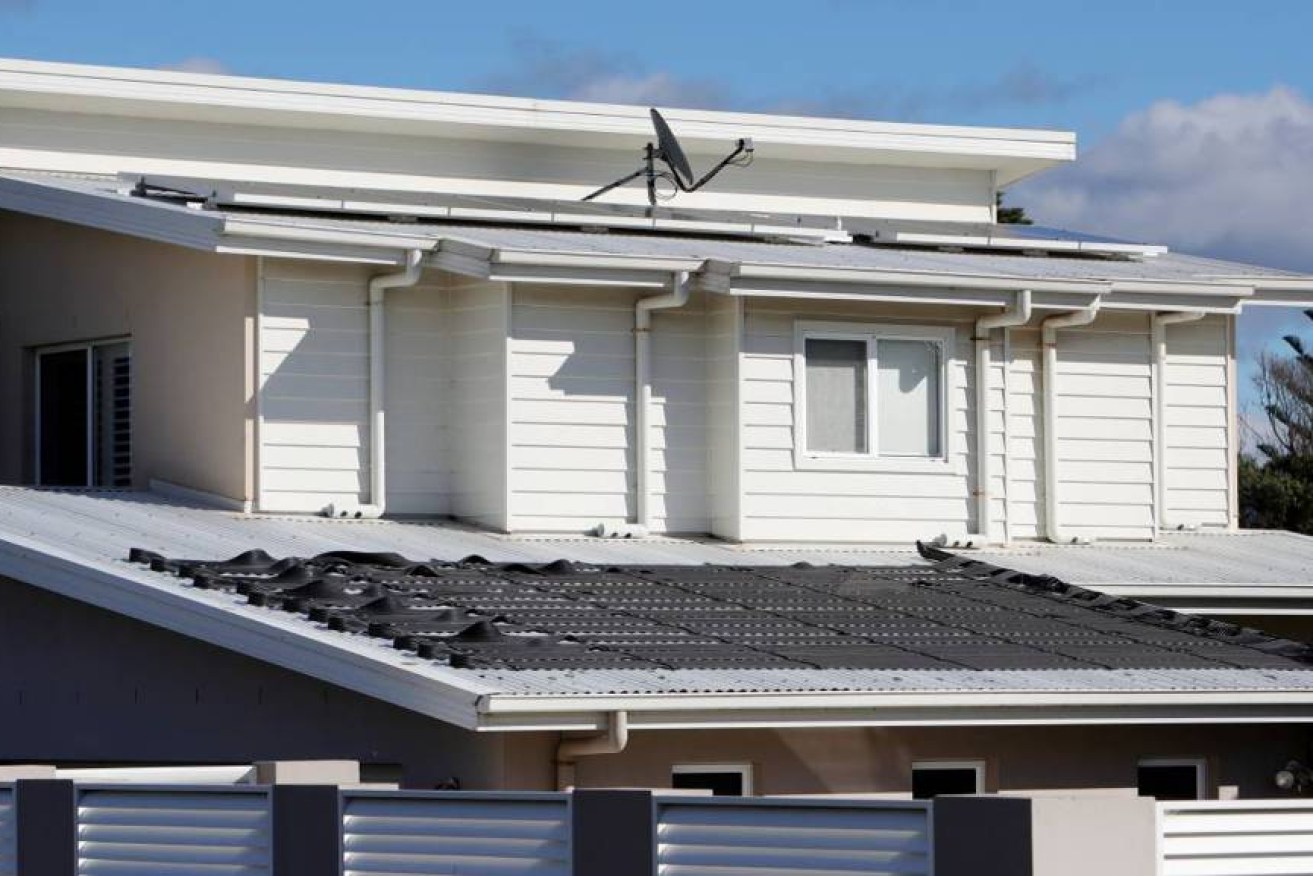Fixed-rate mortgage coming to an end? You might be in for a shock


Home owners on a fixed rate might be in for a shock when it comes time to refinance. Photo: Sylvia Liber
Homeowners who have been enjoying an ultra-low fixed rate mortgage may be in for a shock when it comes time to refinance, with experts predicting some recent buyers will find themselves trapped in a “mortgage prison”.
More buyers, particularly those who purchased their first property at the height of the recent boom, are expected to struggle to refinance to a lower rate due to a lack of equity and falling property values – leaving them with little option but to put up with the variable rate offered by their current lender.
New analysis from Canstar shows that the average variable rate on offer by the big banks is 5.95 per cent, well up on the 2 to 3 per cent rates on offer during the pandemic.
Buyers who are faced with rolling onto a higher rate at the end of their fixed-term period would typically look to refinance to a lower rate, but falling property values and rising interest rates meant that may no longer be a viable option, explained Canstar money expert Effie Zahos.
“If the price of your property has fallen and pushed your loan-to-valuation ratio above the 80 per cent mark, you could find that when you go to refinance to secure a lower rate you won’t be able to without having to pay costly lenders mortgage insurance,” Ms Zahos said.
“This is an expense that no borrower wants to incur at the best of times, let alone when living costs are steep and interest rates are still rising.”
Ms Zahos said that more households could find themselves in a “mortgage prison” given falling house prices and higher rates.

The RBA announced its seventh cash rate rise in a row earlier this week. Photo: Supplied
CoreLogic research director Tim Lawless said that a predicted rush to refinance in early 2023 represented one of the largest future risks for property values.
“Another risk factor, of course, comes back to refinancing for fixed mortgage rate holders, we’ll start to see a lot more of that through about April to May of next year, and then onwards,” he said.
“And they’ll be refinancing from say a 2 per cent mortgage rate, they’re now up to something that’s probably around the mid five [per cent interest] if not closer to six [per cent interest range].
“So there is a little bit of risk around how households navigate that, that refinancing cliff ahead of us as well,” he added.

Borrowers wishing to refinance may face some difficult decisions. Photo: Shutterstock
BuyersBuyers CEO Doron Peleg said that strengthened lending rules introduced in 2021 would further restrict buyers’ options.
Mr Peleg said, “many existing borrowers are going to be trapped in a mortgage prison being unable to refinance due to the increased lending assessment buffers in place since October 2021.”
“If a mortgage rate resets from 2 per cent to a rate or around 6 per cent, for example, borrowers will naturally be minded to shop around for the best possible mortgage rate or product to cushion the blow”.
“Unfortunately under the present lending conditions, many do not have the choice of refinancing due to tighter lending rules.”
Already there are reports of an increase in distressed sales taking place as buyers who purchased near the peak try to exit the market before rates go too high.
Data firm SQM is reporting that there has been a 5.7 per cent increase in distressed listings – where a vendor lists out financial necessity, rather than choice – nationally.
Queensland a 26.7 per cent increase, or 588 homes, to a total of 2,791; NSW recorded a 38.7 per cent uptick to 1,265; and Victoria an increase of 1.49 per cent to 765.
Home loan activity already down
High interest rates already appear to be having an impact on financing activity already, according to new statistics from the Australian Bureau of Statistics, with a reduction on the number of people seeking a new loan or to refinance their current loan.
The total value of new housing lending fell 8.2 per cent over the month to reach $25.14 billion in September.
Lending to owner occupiers fell 9.3 per cent, while lending to investors dropped by 6 per cent.
There were just 8485 first time buyers in September, down by 8.3 per cent on August.
“The RBA’s tightening is weighing heavily on demand for housing and the full impact will not emerge until the second half of 2023,” Housing Industry Association senior economist Nick Ward said, responding to the latest RBA release.
What to do if your fixed rate mortgage is coming to an end?
Ms Zahos said that there are still ways for those with negative equity who are unable to refinance – or wish to avoid paying lenders mortgage insurance – to reduce their loan costs once their fixed-rate period comes to an end.
“The easiest option is to downsize your loan. Call your lender and ask to speak to their mortgage variation specialist to see if there is a more suitable, cheaper alternative loan they can offer you,” she said.
If you do decide that refinancing and paying for lenders mortgage insurance makes sense, look around to see if there are any discounts on offer.
“Look for lenders mortgage insurance discounts. While not mainstream there are some lenders that waive lenders mortgage insurance for certain professions,” Ms Zahos said.
Shopping around can also help when it comes to the value a bank places on your property, she added.
“Keep in mind that property valuation results can also differ from bank to bank. Worth doing your research, checking on a comparison site and chatting with a broker to compare notes.”
This article was first published on realestateview.com.au.